Understanding 1/2 Feeder Cable
The 1/2 feeder cable is a fundamental component in the realm of electrical wiring, serving as a crucial link for power distribution. This type of cable is specifically designed to facilitate the flow of electricity to various points of use, where direct access to power sources may be limited or unavailable. The feeder cable's primary role is to ensure that electricity is transmitted efficiently and safely from the main power supply to subsidiary circuits or equipment.
Technical Specifications of 1/2 Feeder Cables
When selecting a 1/2 feeder cable, two critical factors to consider are the wire gauge and the length of the cable. The wire gauge, measured in American Wire Gauge (AWG), directly correlates with the cable's capacity to carry electrical current. A lower gauge number indicates a thicker wire and a higher capacity to carry power. Conversely, the length of the cable can influence voltage drop; longer cables may result in a reduction of voltage by the time the power reaches its destination. Understanding these specifications is vital for ensuring that the cable meets the requirements of the application.
Composition and Shielding
The construction of a 1/2 feeder cable often includes insulation to protect the internal wires and maintain safety standards. Shielding is another significant aspect of these cables, with options such as unshielded twisted pair (UTP) and shielded twisted pair (STP) available. Shielding helps to guard the cable's transmissions against electromagnetic interference, which can be crucial in maintaining signal integrity, especially in environments with high levels of noise or where precise data transfer is essential.
Applications and Utility
Feeder cables, including the 1/2 feeder cable, are versatile in their applications. They are commonly utilized in settings that require a reliable power extension from the main supply to a particular point of use. This can include commercial buildings, industrial settings, and even residential areas where additional power distribution is necessary. The flexibility and durability of these cables make them suitable for both temporary and permanent installations.
Choosing the Right Feeder Cable
When in the market for a 1/2 feeder cable, it is essential to consider the environment in which it will be used. Factors such as exposure to the elements, the presence of chemicals or oils, and the potential for physical damage should influence the choice of insulation and shielding. It is also important to ensure compatibility with the connectors and the electrical equipment that will be used alongside the cable.
Conclusion
In summary, the 1/2 feeder cable is a key element in the distribution of power within various electrical systems. Its design, which includes considerations for wire gauge, length, insulation, and shielding, is tailored to meet the diverse needs of power distribution in multiple contexts. While selecting the appropriate feeder cable, it is crucial to assess the specific requirements of the application to ensure safety, efficiency, and reliability.







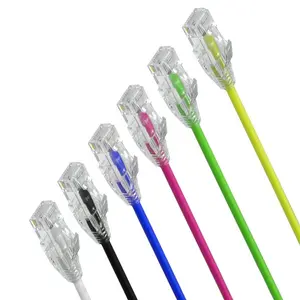

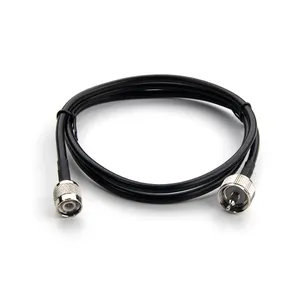



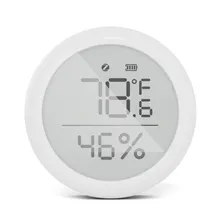


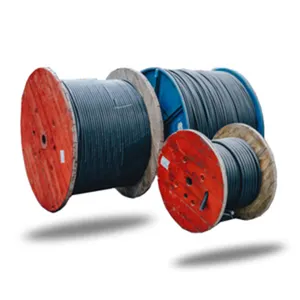


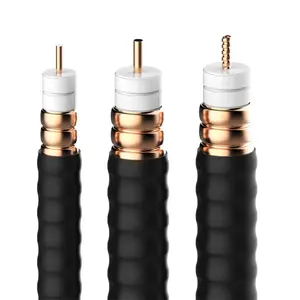
























 浙公网安备 33010002000092号
浙公网安备 33010002000092号 浙B2-20120091-4
浙B2-20120091-4